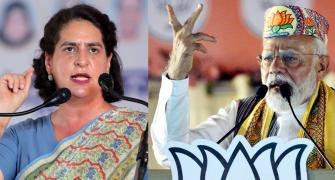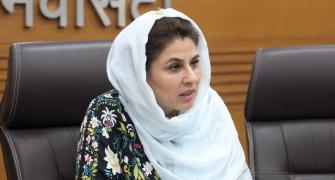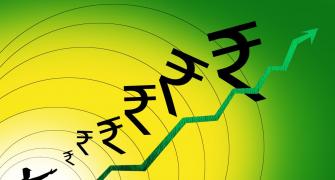"Tight monetary policy measures taken by several countries in the region in 2006 are expected to dampen consumption while investment and growth in developed countries ease," said ADB's annual report Asian Development Outlook, which was released on Tuesday.
South Asia's recent economic performance shows it has emerged as a new growth pole in Asia, the Manila-based multilateral bank's chief economist Ifzal Ali said. The region can match East Asia's exemplary growth rates, albeit from a lower base.
The growth in this region would be fuelled by strengthening domestic demand and a broadly favourable outlook for the international economy, the Asian Development Outlook added.
Prudent macroeconomic management will ensure that developing Asia's economic outlook will remain favourable Ifzal Ali added.
The multi-lateral agency expected that South Asian economic growth will rise in 2008 to eight per cent, but would still remain below the 2006 levels of 8.7 per cent.
The growth in South Asia's economy in 2006 was mainly led by consumption and investment. The region has averaged more than 7.5 per cent growth since 2003, which helped in reducing poverty levels in India, Pakistan, and Bangladesh.
Every economy in the region posted growth of more than 6 per cent in 2006, except Nepal, which suffered in the wake of political unrest.
India had clocked the highest growth of 9.2 per cent among the large economies and Maldives grew at 18.2 per cent, fastest among the small economies.
In India, vibrant industrial growth supported by buoyant services led to a 9.2 per cent growth rate in 2006, the highest since 1988. But an uptick in inflation, an overheated property sector and rapid credit growth led the central bank to hike interest rates and restrain property sector lending.
Tight monetary policies taken by several countries in 2006 and improved fiscal balances would help the region curb inflation at about 5 per cent in 2007 and 2008. High growth rates in the region with elevated interest rates would continue to attract large capital inflows, the ADB report said.
The Manila-based bank said the structural policy reforms undertaken by the governments of the region that spurred private sector-led growth should continue with focus on reducing barriers to employment growth that would reduce poverty.
"A pick-up in agricultural productivity, improvement in business climate and infrastructure are key to keeping South Asia on the high growth track," ADB said in its report.
As India accounts for about 80 per cent of South Asia's GDP, its rapid growth can benefit the region by policies to integrate regional economies. Expansion of intra-regional trade and cooperation can help in sustaining fast growth and reducing poverty.







